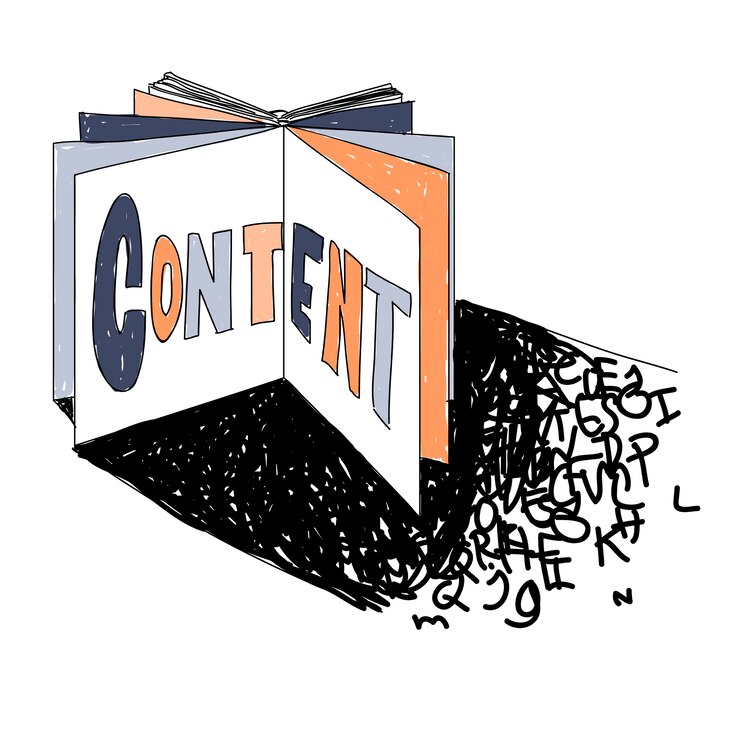On-Page SEO Strategies: Making Your Website Search Engine Friendly
31 January 2024
6 Mins Read

toc impalement
If you haven’t already, start by making your website search engine-friendly ASAP. Better SEO optimization helps you boost website search visibility, help with branding, drive more sales, and more.
On-page SEO is the application of keyword research to web page content. It helps ensure that your web pages are relevant to search queries that users in your target audience enter into search engines.
One of the best places to start with on-page SEO is optimizing page names and meta descriptions. These are direct ranking factors and can increase your CTR in search engine results pages. Keep reading this article for the best on-page SEO optimizations for your website.
Optimize Your Title Tags
Optimizing your page titles is one of the most crucial on-page SEO technical best practices. Because title tags are the first thing users and search engines see in search engine results pages, they can significantly impact whether visitors click on your content.
A good page title will include your keyword and be clear about what the page is about. It should also be short enough to fit in a search engine results page (SERP) without getting cut off. Searchers skim SERPs before deciding which listing to click on, so including the keyword early on can help grab their attention. Then, they can read your meta description to determine whether the page is relevant to their intent.
Optimize Your Content

Optimizing the content on your pages is also essential to boost your online presence with SEO in Ottawa. This entails utilizing pertinent keywords in your meta descriptions and title tags, limiting the length of your titles to 60 characters, and ensuring the material on your website is valuable and instructive for search engines.
Additionally, using structured markup would help make it easier for Google to understand your page. This is what powers featured snippets, knowledge panels, and other valuable features on Google. It’s a great way to give your pages a competitive edge. It would help if you also considered using topical optimization to optimize your content for specific searches.
Optimize Your Meta Descriptions
The summaries that appear in search engine results beneath the title of your page are called meta descriptions. They’re not an official ranking factor but can influence whether people click on your listing.
Write compelling, human-readable meta-descriptions that summarize the content of your page and encourage people to click through. Be sure to include a keyword, but don’t use it sparingly, which can look spammy and negatively impact your rankings. Keep them brief, around 160 characters or less, so they won’t get truncated in SERPs. For best results, use a unique meta description for each page. It helps Google distinguish between pages that have similar content.
Optimize Your Headers
It’s easy to think that a page appearing at the top of Google is just “lucky.” However, any SERP champion has had to do a lot of behind-the-scenes legwork to get there.
Search engines can better understand the purpose of a website by including your primary keyword in the H1> tag, but use it sparingly! Keyword stuffing will hurt your rankings. When you use a target keyword in the title tags, there is a chance of ending up with a duplicate title tag. So, never forget to add a little bit of creative spark to make it unique.
Also, the header tags help Google’s algorithm understand the context of a topic. Users also better understand if the page matches what they are looking for.
Including relevant keywords in your H2 to H6 headers helps search engines understand the content on the page and can help boost keyword relevancy and overall SEO. This is especially important for mobile users, as search engines look at how a page is viewed on different devices.
Optimize Your Images
Visuals are essential to any web page, whether you’re a photography enthusiast showcasing your work or an e-commerce entrepreneur trying to sell products. Fortunately, there is a lot you can do to optimize your photographs for both search engines and human viewers.
Title tags, meta descriptions, and headers are all SEO elements you control directly on your website. They should reflect the intent of your page and align closely with your target keywords.
Meta descriptions are the brief blurb beneath your title tag in search engine results. Although they don’t directly affect ranking, they may impact whether users click on your listing or scroll down to see other results.
Optimize Your Links
One of the most important aspects of on-page SEO is ensuring your site pages have the right content for people searching. This means using the keywords you’re targeting and organizing the content into a hierarchy that makes sense for readers and search engines.
Your title tag is a crucial aspect of on-page SEO. It should be unique, descriptive about the page content, and less than 60 characters so it will display correctly in SERPs. Also, ensure your image file names and alt text are optimized for on-page SEO. These are all simple ways to help make your site more search engine-friendly.
Optimize Website For Mobile Responsiveness

Another important part of optimizing your website for SEO is making it mobile-responsive. It is important to look for and choose a website design, theme, and hosting that is mobile responsive.
The content layout and the website architecture should fit the kind of experience your targetted audience is looking for on a website. It should be readable and navigable on the website. If you don’t feel confident about the mobile responsiveness of your website, then try out the page speed testing tool by Google.
Now, if the page speed is low and if the website lacks responsiveness, you can try the following tips –
Improve Page Loading Speed
The first thing you can do is to optimize the page loading speed of your website. With optimized page speed, your website will load faster on mobile devices, helping you tap into a wide base of audiences.
Large, unoptimized images can increase page loading speed. Compress the image size on your website.
Use A Content Delivery Network
A CDN can be very helpful for website owners. It gives them the agility to provide website resources through a local server situated near where the audience is searching the website. It would help your website decrease the page loading speed by 20% to 51% – which is immense.
Stop The Use Of Popups
The use of popups can also mar the experience your users want on your website. It would be good to get rid of unnecessary popups on the website to improve its page speed.
There are other ways to improve the page loading speed as well. For example –
- Get an optimized hosting solution.
- Reduce your redirects.
- Enable browser caching.
- Cache the web pages.
- Minify JavaScript, CSS, and HTML.
Add Internal Links
Another crucial on-page SEO optimization trick is through adding internal links to your page content. If you have blog posts on a particular type of content or if you are sharing thought leadership pieces on a subject matter, try interlinking related content on each of the pages. Also, the different pages of your website should be interlinked for the audience to move back and forth between pages.
Final Words
Aside from the tips mentioned here, there are so many other ways of optimizing your website for a higher search appearance through SEO. Your webpage will get an immense boost if you follow the different on-page SEO techniques shared here.
Please let us know if this page was helpful or not. We value your feedback. Thank you for reading.
Read Also:


















Comments Are Closed For This Article